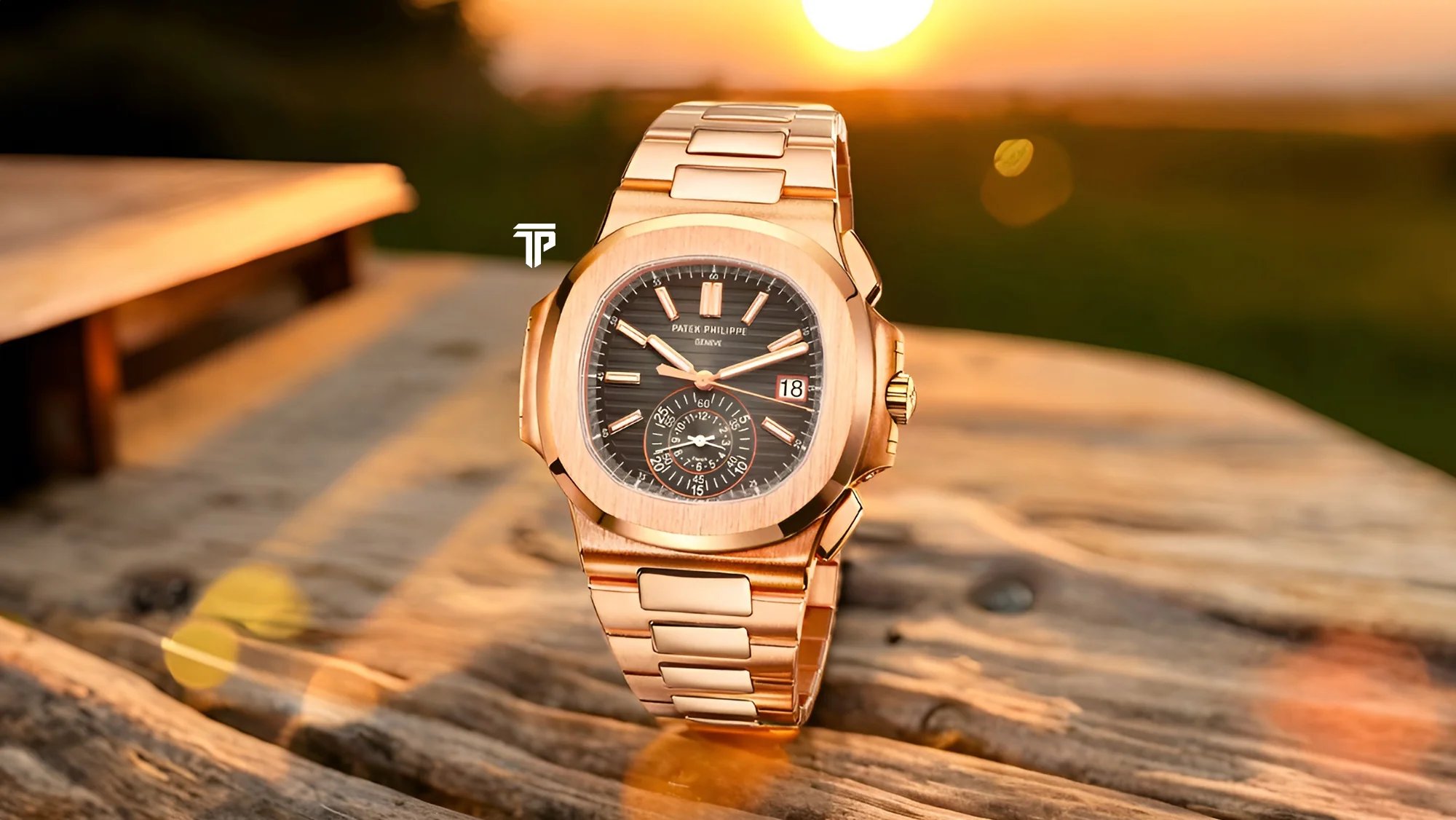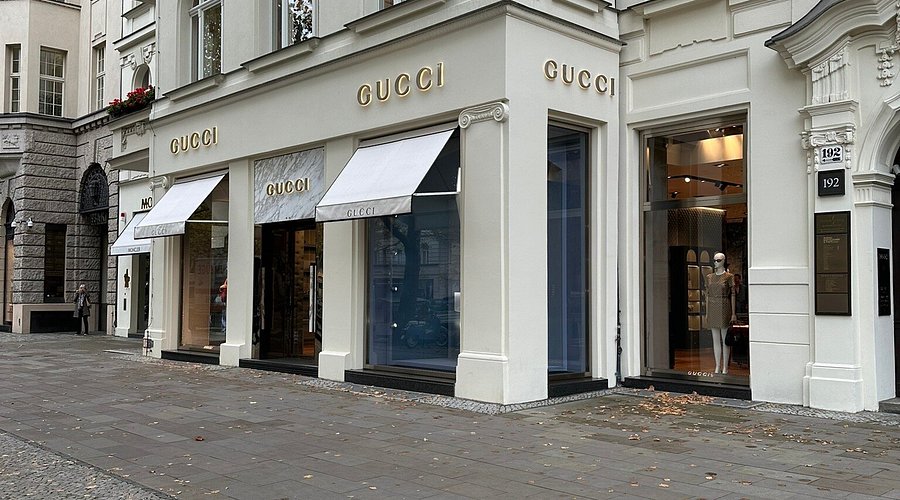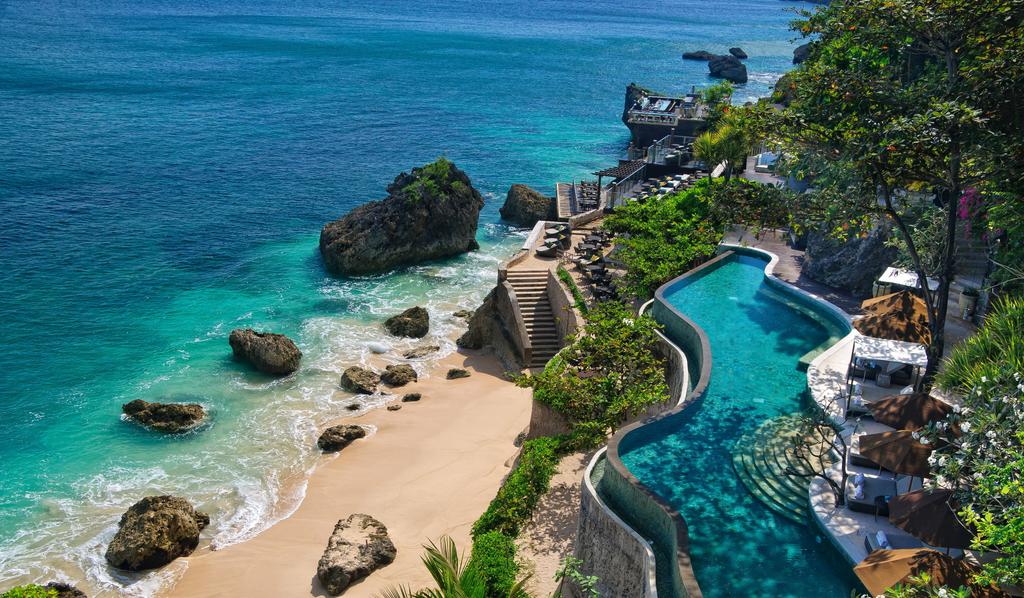Estate Architects Introduce Homes Designed to Outlive Generations of Wealth
By
John Carter
Last updated:
September 25, 2025
First Published:
September 25, 2025

For the ultra-wealthy, a home is no longer simply a place to live. It has become a statement of permanence, vision, and legacy. Estate architects are now creating residences designed to endure for generations, blending architectural brilliance, cutting-edge technology, and cultural resonance. These homes reflect a sophisticated understanding of wealth not as fleeting possession, but as enduring influence.
Designing for Legacy and Continuity
Modern luxury estates are conceived with longevity at their core. Architects integrate materials and construction techniques that withstand both the passage of time and changing tastes. Each element—from foundation to facade—is crafted with durability in mind, ensuring that the property remains functional, beautiful, and relevant for decades. This approach transforms a house into a lasting monument of success and vision.
Integration of Technology and Sustainability
High-end estate design now prioritizes both innovation and environmental responsibility. Smart home systems, renewable energy integration, water conservation, and advanced climate control are seamlessly incorporated. These estates demonstrate that longevity is not only about physical durability but also about adapting to future technological and ecological realities.
Personalization at an Unprecedented Scale
Every residence is highly customized, reflecting the owner’s lifestyle, values, and aesthetic preferences. Interiors are curated to include art collections, rare materials, and bespoke furniture, while exteriors may feature gardens, private lakes, or heritage-inspired landscapes. This personalization ensures that the estate remains a unique expression of identity across generations.
Privacy and Security Redefined
Ultra-wealthy homeowners prioritize security as a core component of timeless design. Advanced surveillance systems, secure perimeters, and discreet access points ensure privacy without compromising aesthetics. Privacy is now considered a foundational element of legacy, safeguarding not only material wealth but also the family’s lifestyle and reputation.
Cultural and Emotional Resonance
These estates are more than physical structures; they are cultural artifacts. Architectural design often incorporates historical references, artisanal craftsmanship, or elements inspired by global travel and heritage. For many owners, the home becomes a repository of memory, culture, and emotional continuity that binds generations together.
Flexibility for Future Generations
Designing for longevity also means planning for adaptability. Estate architects anticipate changing family structures, technological needs, and lifestyle shifts. Spaces can be reconfigured for different purposes over time, ensuring that the residence remains relevant and functional as it passes from one generation to the next.
The Intersection of Wealth and Artistry
Every aspect of these homes reflects an intersection of wealth, artistry, and strategic foresight. From grand foyers to intimate private spaces, architects balance luxury with utility, ensuring that elegance is complemented by lasting usability. The resulting properties are as much works of art as they are living spaces.
Global Hotspots for Legacy Estates
Locations such as the Hamptons, the French Riviera, the Swiss Alps, and Beverly Hills attract ultra-wealthy individuals seeking homes with longevity. These regions offer not only scenic beauty but also infrastructure, culture, and investment stability that enhance the estate’s long-term value.
Redefining the Concept of Luxury
Luxury is no longer about instant gratification or ostentatious displays. It is about creating assets that endure, inspire, and influence. Estate architects are shaping the way wealth is expressed, transforming residences into legacies. In this era, a home is more than a place to live—it is a testament to vision, taste, and the foresight to create something truly timeless.
Subscribe to unlock premium content
Sed at tellus, pharetra lacus, aenean risus non nisl ultricies commodo diam aliquet arcu enim eu leo porttitor habitasse adipiscing porttitor varius ultricies facilisis viverra lacus neque.
A comprehensive guide on Agile development

10 Productivity tools that are worth checking out

Top 7 Must have management tools for productivity

A comprehensive guide on Agile development

10 Productivity tools that are worth checking out

A comprehensive guide on Agile development








.png)
